Concurrent fNIRS and EEG
The NIRSport2 combined with the g.Nautilus PRO FLEXIBLE from g.tec
The NIRSport2 combined with the LiveAmp from Brain Products.
A local increase in cortical blood flow accompanies almost all neuronal responses to stimulus in the brain. This relationship, termed neurovascular coupling, involves many steps from the initial firing of the neurons, to release of chemical transmitters, to the final vasoconstriction or vasodilatation. Understanding this relationship between brain activity and the resulting changes in metabolism and blood flow remains a vital research area.
EEG and fNIRS capture different events in this cascade, but are both linked to the same neural activity. The combination of these two methodologies offers the possibility to examine cortical activity more comprehensively. EEG and fNIRS have very different but complementary temporal and spatial resolution: while Evoked Potentials (EPs) detect the cortical response to a given stimulus with high temporal resolution, fNIRS localizes changes in oxygen metabolism that follow neural activation.
Sensor Placement
Integration with Brain Products EEG system
Integration with g.tec EEG system
Combining EEG and fNIRS is not only beneficial from the information content point of view, but is also, technologically, easily achievable. The optical nature of the signal, as well as its size, portability and robustness to movements, make fNIRS easy to combine with EEG, with the modalities not interfering with one another.
The sensor placement may be done in two different ways: (i) adjacent positioning, or (ii) co-located measures. Adjacent positioning allows for experiments with any kind of EEG electrode, as well as reduced setup time. Though are limited to ring electrodes and require transparent gel, which usually are non-conductive.
Data Synchronization
As fNIRS and EEG measurements are recorded independently, it is important for simultaneous trigger synchronization with both data streams. This precisely marks the data of interest for online and offline analysis. A precise synchronization can be easily achieved with the NIRx Parallel Port Replicator, which powers the incoming signal via USB and splits a single DB-25 (parallel port) input to four or more outputs. A general schematic of stimulus presentation and synchronization of fNIRS and EEG measures is depicted to the right below.
Above: Example set up of EEG/fNIRS trigger synchronization using the NIRx Trigger Splitter Box.





